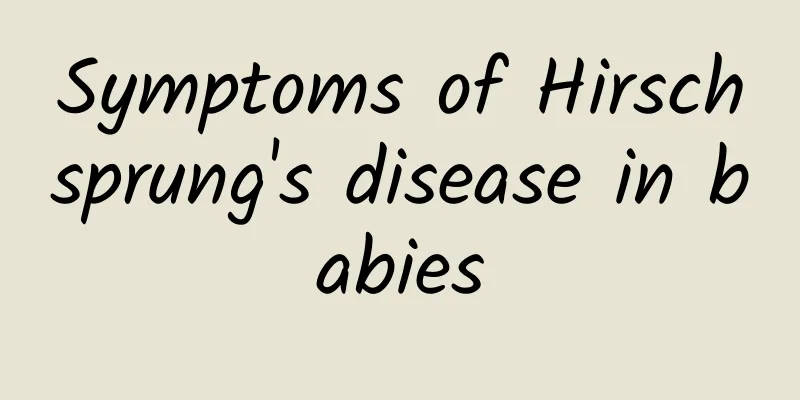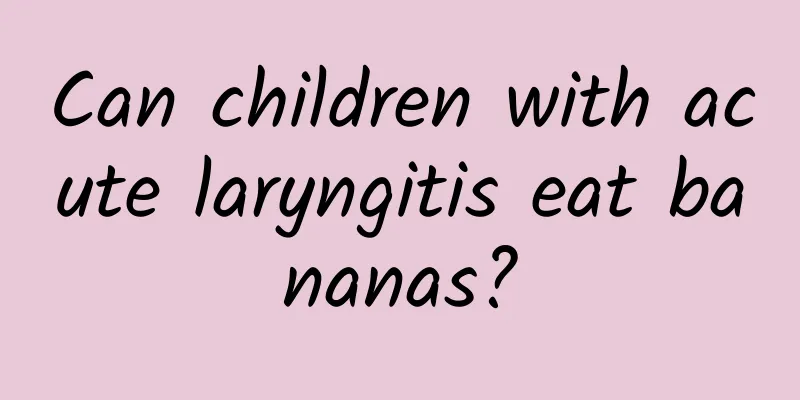Symptoms and treatment of Kawasaki disease in infants and young children

|
Treatment for Kawasaki disease in infants and young children includes immunoglobulin and anti-inflammatory drugs. The main cause is vascular inflammation caused by immune abnormalities. Close monitoring and timely intervention are required during treatment. 1. Immune abnormality is the main cause of Kawasaki disease, which leads to systemic vascular inflammation, especially coronary artery involvement. This immune abnormality may be related to infection or genetic susceptibility. Severe vascular inflammation may cause coronary artery aneurysm, which requires timely diagnosis and treatment. 2. Typical symptoms include persistent high fever, conjunctival congestion, chapped lips, swollen hands and feet, and rash. High fever usually lasts for more than 5 days and does not respond well to antipyretic drugs. Conjunctival congestion is not accompanied by secretions, and oral manifestations include prominent tongue papillae and redness and swelling of the pharynx. Peeling may occur after swollen hands and feet, and the rash is mostly diffuse erythema. 3. The diagnosis needs to exclude other similar diseases, such as scarlet fever, measles and drug rash. Laboratory tests show elevated white blood cells and platelets, and significantly increased CRP and erythrocyte sedimentation rate. Cardiac ultrasound can assess the degree of coronary artery lesions and is an important basis for diagnosis and follow-up. 4. Intravenous immunoglobulin is the first choice of treatment, with a dose of 2g/kg, which must be used within 10 days of onset. Aspirin is used for anti-inflammatory and thrombosis prevention, with a higher dose in the acute phase and a lower dose for maintenance in the later stage. For patients who do not respond well to immunoglobulin treatment, glucocorticoid treatment may be considered. 5. Prevention of complications For coronary artery disease, regular review of cardiac ultrasound and electrocardiogram is essential. Thrombosis prevention requires the use of aspirin or other antiplatelet drugs according to the situation. Severe coronary artery disease may require interventional treatment or surgery. 6. The key points of care include observing changes in body temperature and skin symptoms, and maintaining a suitable ambient temperature and humidity. Skin care needs to be kept clean to prevent infection. A light and easily digestible diet is recommended, and plenty of water is needed to supplement the high heat consumption. Psychological comfort should be given to relieve the tension of the child. 7. Prognosis evaluation Based on the treatment effect and the degree of coronary artery lesions, most children have a good prognosis. Strictly follow the doctor's instructions for medication and follow-up examinations, and promptly detect and deal with complications. For those who use medication for a long time, liver and kidney function should be checked regularly to evaluate adverse drug reactions. Timely diagnosis and standardized treatment of Kawasaki disease are crucial. Paying attention to changes in symptoms and prevention of complications can significantly improve prognosis. Strictly following the doctor's instructions and regular check-ups are the key to ensuring treatment effectiveness. |
<<: What causes hernia in children?
>>: What are the symptoms of pneumonia in children?
Recommend
Comparison table of jaundice values for newborns at 10 days old
Newborn babies have imperfect body functions and ...
How to treat mumps fastest
Mumps may sound a little strange, but it is actua...
How much does it cost to treat diarrhea in children?
Infantile diarrhea, also known as infantile indig...
Precautions for late stage of kidney disease in children
The possibility of nephrotic syndrome happening t...
Can pediatric eczema be detected early?
When parents find that their baby's skin beco...
What are the early symptoms of jaundice hepatitis? Common symptoms of jaundice hepatitis patients
Jaundice hepatitis is a disease in which liver ce...
What are the symptoms of cold in children
Children's colds generally refer to children&...
Several common examination methods for pediatric eczema
Babies are like the apple of their parents' e...
Medicines for treating diarrhea in children
Baby diarrhea will not only directly affect the b...
How to prevent neonatal eczema 4 important measures to prevent neonatal eczema
Neonatal eczema is an allergic skin disease that ...
What is the standard for curing congenital heart disease in children?
When it comes to congenital heart disease in chil...
What medicine is usually used for breast milk diarrhea
What medicine is generally used for breast milk d...
What to do if your 20-day-old baby has moderate jaundice
Jaundice can be divided into physiological jaundi...
Can polio be cured? Is it hereditary?
Poliomyelitis cannot be completely cured by drugs...
How to care for children with pneumonia? What are the dietary taboos for children with pneumonia?
For children, the most common disease is pneumoni...









